Anybody wants a stepper motor analyzer?
-
@t-printer I sent you a chat message to discuss further.

-
@th0mpy ,
Greetings and thank you for your reply. I have an I.O. error on my end regarding a direct message. How is that done?
Doc' -
@zapta Greetings and thank you for your reply and thingiverse link.
Doc' -
@doc-s You should be able to just click the message icon in the upper right of the forum:

-
@nyaru said in Anybody wants a stepper motor analyzer?:
I have also built an analyzer with the TMCS1108A4B, but I think the CC6920BSO is noisier.
I run a steps noise analysis for the TMCS1108A4B. It was done on the bluetooth version which samples at 40Khz instead of 100Khz but I believe the results would be the same.
Test methodology:
- Energize the stepper. (I used ~1A at an arbitrary stepper micro step position).
- Reset steps to zero. This resets the full steps but maintains the steps fraction.
- Sample the steps reading at ~1sec interval, for a total of ~150 samples.
- Compute peak to peak and RMS noise (in steps units) using the spreadsheet here https://github.com/zapta/ble_stepper_monitor/tree/main/analysis
The noise results I got were 0.09 steps peak to peak and 0.0166 steps RMS. This is much better than I expected so I hope my methodology and match are correct.

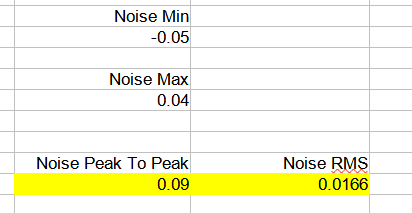
-
@nyaru said in Anybody wants a stepper motor analyzer?:
I hope other sellers will appear for users in other countries, because shipping from Japan is expensive to non-Asian countries.
@nyaru, added your link at the top here https://github.com/zapta/simple_stepper_motor_analyzer
@Th0mpy, if you sell and have a link, I can add it as well.
-
@zapta Well, I suppose I need to get a site now

Stand by...
-
@nyaru, got today a few CC6920BSO's so installed one on one channel (blue) and the TI sensor on the other (yellow).
Noise with stepper disconnected seems to be about the same.
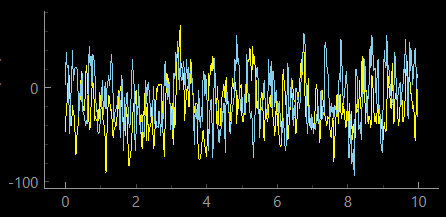
The CC6920BSO seems to have much higher output impedance, when I loaded it with 100ohms to ground Vout went down significantly while the TI didn't change.
Also, it's sensitivity seems to be lower, maybe because the input of the NRF52 MCU I am using have low impedance, didn't try with a Pico. You may want to calibrate its sensitivity in the your system and adjust its mv/A accordingly.
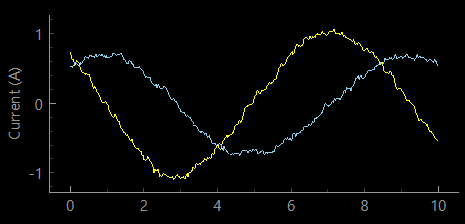
Overall it looks as a reasonable replacement. I have on order 5 BLE boards that have it preinstalled by JLCPCB.
-
@zapta
thanks for the nice report
@zapta said in Anybody wants a stepper motor analyzer?:
The CC6920BSO seems to have much higher output impedance, when I loaded it with 100ohms to ground Vout went down significantly while the TI didn't change.
I checked the datasheet and it shows "Output resistance load": probably output impedance, is 1.5k ohms.
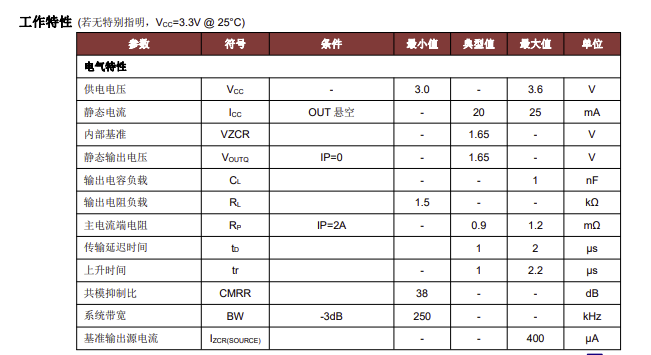
Does this mean that the following should be considered in such a case?
- MPU needs high input impedance than sensor
- It is better not to use an electrical LPF filter
-
@nyaru, I calibrated the sensors with DC current from a power supply, using the current reading on the NRF52 microcontroller. With the TI TMCS1108A4BQDT I am getting 400mv/A, with the CC6920BSO 5A I am getting only 280 mv/A, presumeably because of the loading by the MCU's analog input.
You may want to do the same with the RPI PIco, I don't know how its' compares to the NRF52.
-
@zapta said in Anybody wants a stepper motor analyzer?:
CC6920BSO
according to datasheet https://datasheet.lcsc.com/lcsc/2108201830_Cross-chip-CC6920BSO-20A_C2880432.pdf page 4 it is about 270 mV/A.
-
@joergs5 , yes you are right. That's good news because it's not impedance sensitive as I thought. Also makes sense since +/-5A at 400mv/a will require 4V span on a 3.3v IC.
The PCB has room for optional config resistors R4, R5. Can be used to select the range base on the IC installed.
https://github.com/zapta/simple_stepper_motor_analyzer/blob/main/kicad/stepper_analyzer.pdf
-
@zapta I'm dying to get one of these. Are you still producing batches? EU only or US as well?
-
@ctilley79, I don' t produce them any more but other here do.
I am working now on a different version that uses a computer to show the data using a bluetooth link. So far it's promising. Here is a video with a screen shot.
https://github.com/zapta/ble_stepper_monitor/blob/main/docs/screen_capture_video.mp4?raw=true
-
Here is an interesting observation that I recorded today on the A stepper while my V2.4 was printing.
While resting, the stepper current is reduced from 1.4A to 1A. This is before the standby stepper current that is even lower, and it protects the driver when the peak coil current may become also the RMS current. IIRC there is a default setting for it.
(Open for full resolution)
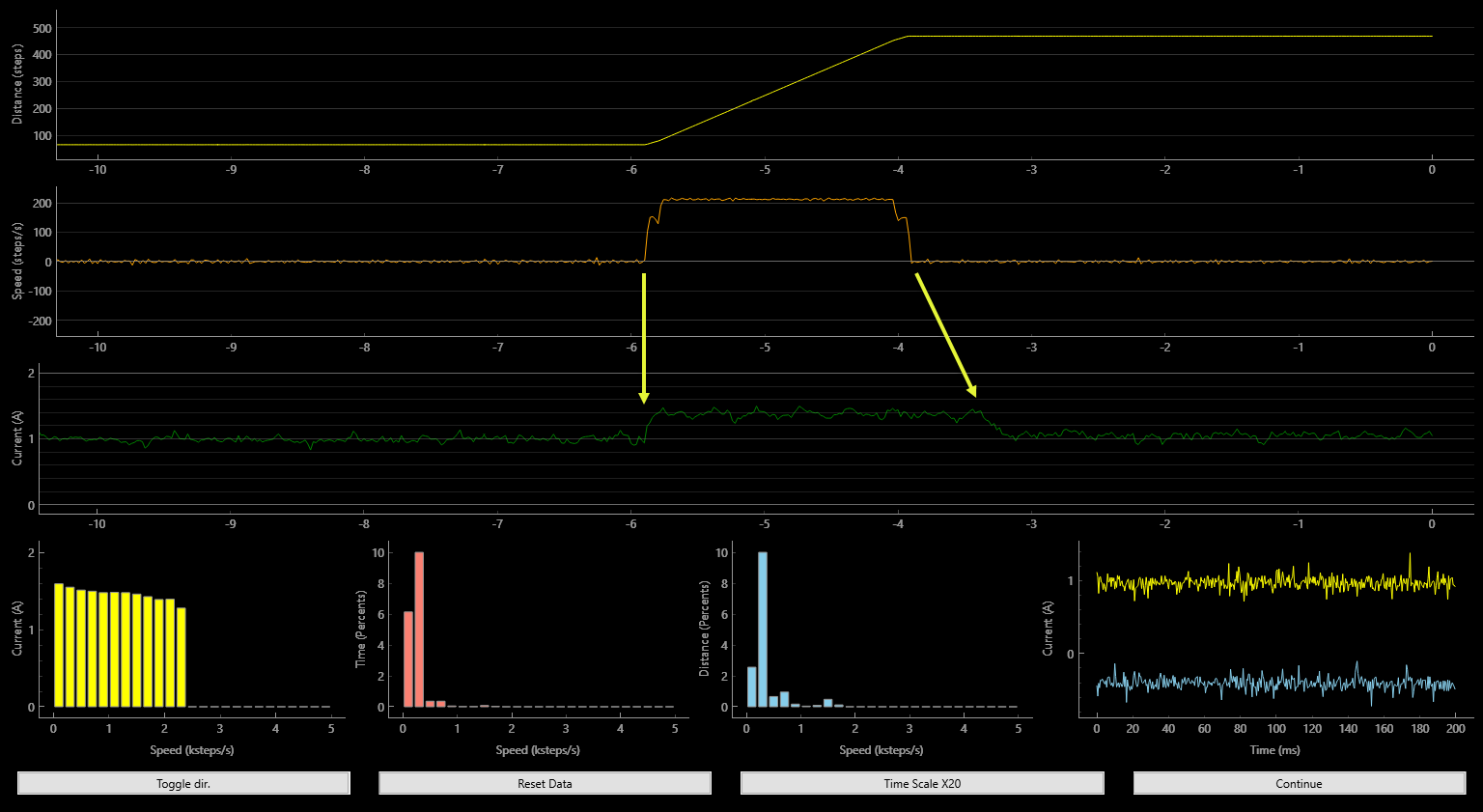
-
Sorry to revive an older thread. I finally got my stuff together and posted what I have left of the OG stepper motor analyzers on Etsy. If you're still interested in the original version have a look: https://www.etsy.com/tArrayEngineering/listing/1359496786/stepper-motor-analyzer
-
I would like one of these.
-
@mesacrash I have the original version in my etsy shop (linked above). You can order them right from there.
-
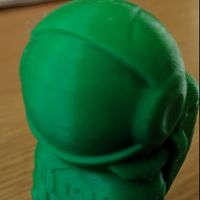 undefined jay_s_uk referenced this topic
undefined jay_s_uk referenced this topic
-
Hi all,
I've assembled another unit from the original parts I got, but I am having serious problems trying to build the program for it..
I've changed machines since I did the original so its a fresh install of VS Code & platformio etc.
I cannot get the Wizio stuff to work; it looks like some part of that project has been either removed or renamed?
I never normally use Visual Studio & the only experience I've had with platformio was in one day, for the last one of these I built.
Any clues or fixes to get it to build properly would be greatly appreciated!
Working on Win 10 64, with all updates etc.
(I normally program such as PICs using MPLab & CCS compiler, or industrial controls - never visual studio stuff).
-
@rjenkinsgb, IIRC, @Th0mpy mentioned that he encountered a change in Wizio's repository (some stuff was moved or deleted) and he fixed it somehow. Hopefully he will chime in here. If it will not resolve, please let me know.